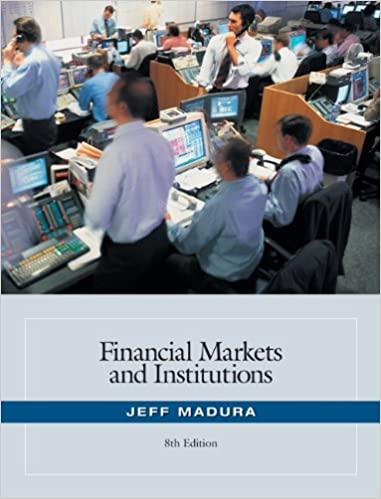Question
Compact fluorescent lamps (CFLs) have become required in recent years, but do they make financial sense? Suppose a typical 60-watt incandescent lightbulb costs $0.45 and
Compact fluorescent lamps (CFLs) have become required in recent years, but do they make financial sense? Suppose a typical 60-watt incandescent lightbulb costs $0.45 and lasts for 1,000 hours. A 15-watt CFL, which provides the same light, costs $3.40 and lasts for 12,000 hours. A kilowatt hour of electricity costs $0.121, which is about the national average. A kilowatt-hour is 1,000 watts for 1 hour.
If you required a 10 percent return and use a light fixture 500 hours per year, what is the equivalent annual cost of each lightbulb?
Answer: $3.89 and $1.29
HELP w/ following questions please.
1. However, electricity costs actually vary quite a bit depending on location and user type. An industrial user in Wyoming might pay $.04 per kilowatt-hour whereas a residential user in Colorado might pay $.25. What is the break-even cost per kilowatt-hour?
2. The questions suggest that using CFLs is a good idea from a purely financial perspective unless you live in an area where power is relatively inexpensive but there is another wrinkle. Suppose you have a residence with a lot of incandescent bulbs that are used on average 500 hours a year. The average bulb will be about halfway through its life, so it will have 500 hours remaining (and you cant tell which bulbs are older or newer). At what cost per kilowatt-hour does it make sense to replace your incandescent bulbs today?
Step by Step Solution
There are 3 Steps involved in it
Step: 1

Get Instant Access to Expert-Tailored Solutions
See step-by-step solutions with expert insights and AI powered tools for academic success
Step: 2

Step: 3

Ace Your Homework with AI
Get the answers you need in no time with our AI-driven, step-by-step assistance
Get Started


